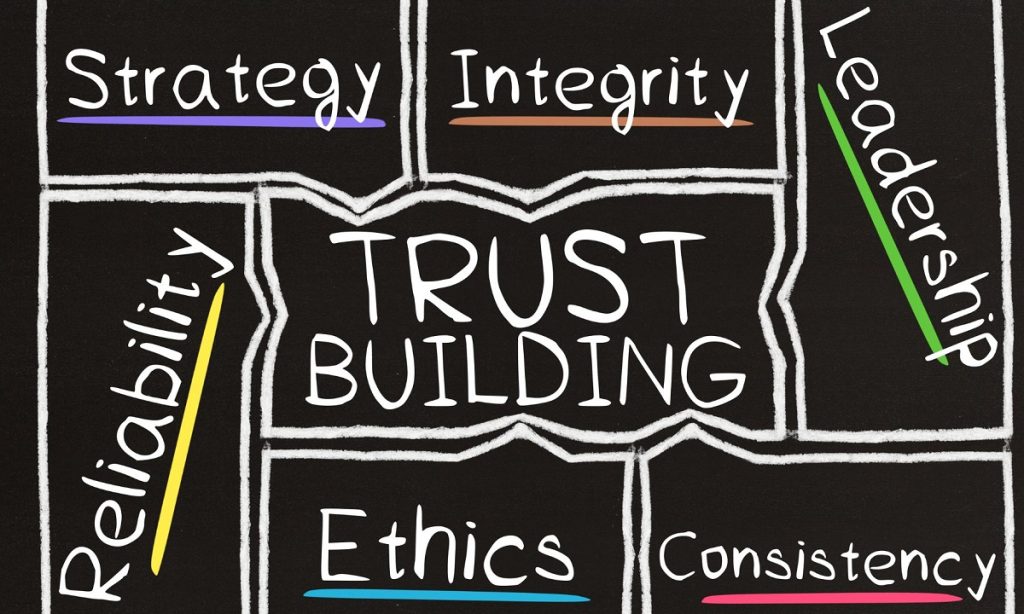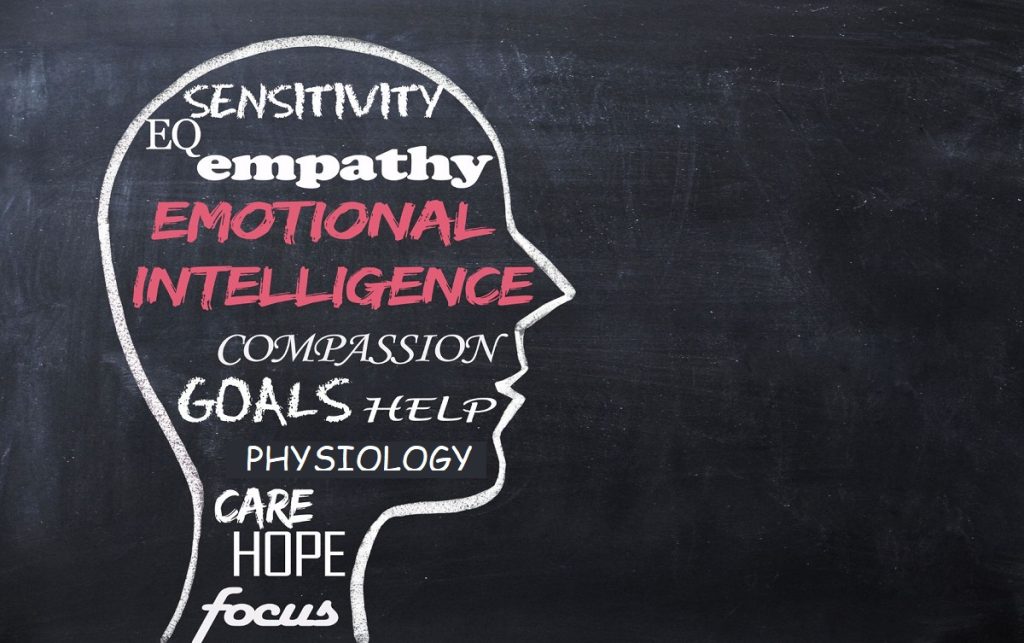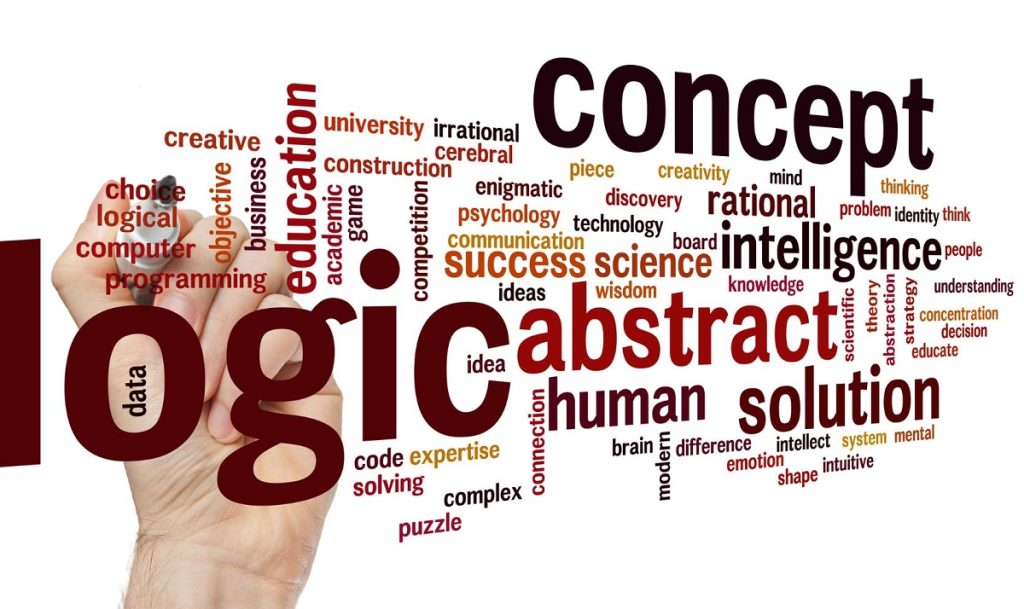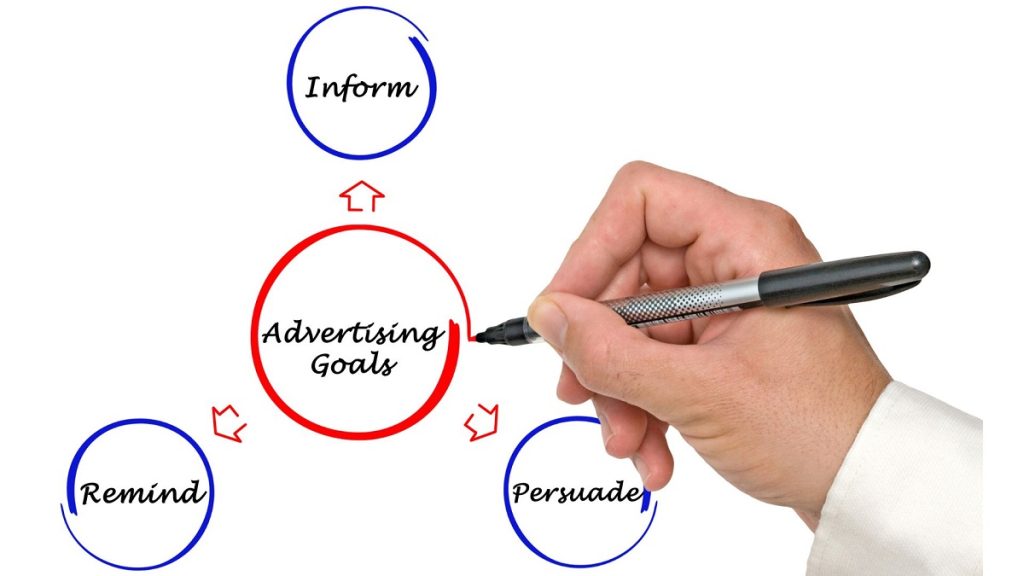Ethos, pathos, and logos are three modes of persuasion in public speaking. The concepts are based on Aristotle’s three artistic proofs. They refer to how speakers use credibility, emotion, and reason to elicit trust, sympathy, and reason.
Based on the Greek philosopher Aristotle’s groundbreaking treatise on rhetoric, ethos, pathos, and logos have remained at the core of effective communication. Ethos appeals to the credibility and authority of the speaker, pathos stirs emotions, and logos employs logical reasoning and evidence.
These three modes of persuasion have proven to be potent tools in crafting compelling arguments, mobilizing movements, and captivating audiences. They are at the core of modern-day debates and political speeches.
This article will unravel the intricacies of ethos, pathos, and logos, uncovering their individual strengths and discovering how they work harmoniously to create a persuasive impact.
What Are The Three Types Of Appeals?
Here are the definitions of the three types of appeals:
Ethos
Ethos bases its fundamentals on the credibility, expertise, and moral character of the speaker or source. It establishes credibility and trust with the audience by showcasing the speaker’s authority, knowledge, and integrity on a particular subject.
Ethos relies on the audience’s perception of the speaker as someone trustworthy, reliable, and knowledgeable. This gains the audience’s confidence and willingness to listen. By employing ethos, speakers aim to demonstrate their expertise and ethical standing, ensuring that their arguments are perceived as valid and trustworthy.

What Is An Example Of Ethos?
An example of ethos can be seen in a renowned surgeon giving a presentation on the benefits of a specific medical procedure. They begin by sharing their extensive experience and expertise in the field, highlighting their successful track record and years of practice.
They also mention their affiliation with prestigious medical institutions and research publications. By establishing their credibility and expertise, the surgeon appeals to ethos, instilling confidence in the audience and lending credibility to their persuasive argument.
Pathos
Pathos targets the emotions, values, and beliefs of the audience. It seeks to elicit an emotional response, such as empathy, compassion, anger, or joy, to influence the audience’s decision-making process.
Speakers create a connection and a sense of shared experience by tapping into the audience’s emotions. Pathos is often used to evoke empathy for a cause, stir enthusiasm for a product, or generate a sense of urgency and motivation. It relies on storytelling, vivid language, imagery, and personal anecdotes to engage the audience’s emotions and foster a persuasive impact.
What Is An Example Of Pathos?
When pathos is used in a speech, the examples often show worst-case and best-case scenarios to manipulate the audience’s emotions so that they take action or pull out their credit cards. Risks and benefits may be real, but appeal to pathos exaggerates them.

Advocates of climate change note that the temperature of the earth is rising as a result of global warming, and, as a result, temperatures and weather patterns are shifting. A speech relying on pathos might quote statistics and give examples that appeal to emotions by discussing severe weather patterns, more wildfires, rising energy costs, and even growth spurts among pests such as mosquitoes and ticks.
Animal rights activists pull the heartstrings with stories of abandoned pets and overcrowded animal shelters. Representatives of charity organizations that fight hunger and homelessness raise visions of starving children and desperate homeless people.
Speeches directed at teens talk about the risk of taking drugs and stress how not watching you drink at a party could result in somebody drugging you.
Logos
Logos is based on logic, reason, and rationality and presents a well-structured and reasoned argument supported by evidence, facts, and logical reasoning. It aims to persuade the audience by appealing to their intellect and sense of logic.
Logos often involves using statistics, data, expert opinions, analogies, and logical frameworks to support the speaker’s claims and convince the audience of the validity of their argument. Logos aims to provide a logical sequence of thoughts, highlighting cause-and-effect relationships and constructing a coherent and compelling case.

What Is An Example Of Logos?
Examples of logos might be present in a scientific research paper presenting evidence-based findings on climate change.
The paper carefully lays out the data collected from various sources, analyzes the trends, and presents logical arguments based on cause-and-effect relationships. It includes statistical analyses, charts, and references to peer-reviewed studies to support its claims.
By relying on factual information, logical reasoning, and scientific evidence, the paper appeals to logos, aiming to persuade readers through a rational and evidence-based approach.
How Does Logos Differ From Ethos?
Logos differs from ethos in its focus and persuasive strategy. While ethos relies on the credibility and character of the speaker or source, logos appeals to the audience’s sense of reason and logic.
Ethos seeks to establish trust and credibility by showcasing the speaker’s authority and expertise. On the other hand, logos rely on presenting a well-structured and reasoned argument supported by evidence, facts, and logical reasoning.
It emphasizes logical coherence, empirical evidence, and rational argumentation to convince the audience of the validity and soundness of the argument. Ethos appeals to the speaker’s character, while logos appeals to the intellect and logical thinking of the audience.
Maintaining The Integrity Of The Message
It is crucial to avoid logical fallacies and overly literal analogies to maintain the integrity of the message. With the advent of social media, the use of ethos, pathos, and logos has become even more influential in engaging subscribers and shaping public opinion.
By harnessing these rhetorical strategies effectively, communicators craft powerful messages that resonate and inspire change from their intended point of view.
How Are Ethos, Pathos, Logos Related To Aristotle?
The three appeals, ethos, pathos, and logos, are closely associated with Aristotle, a renowned Greek philosopher and rhetorician who extensively studied and wrote about the art of persuasion in his work, “Rhetoric.” Aristotle considered rhetoric the art of discovering all available means of persuasion and recognized the significance of these three appeals in effective communication.
Ethos
Aristotle emphasized the importance of ethos, which he referred to as the speaker’s or writer’s character and credibility. According to Aristotle, a speaker’s ethos plays a vital role in persuading an audience.
Ethos, derived from the Greek word for character, leverages the credibility of a spokesperson or a credible source to establish trust and authority. People are more likely to be convinced by someone they perceive as trustworthy, knowledgeable, and possessing good moral character.
Aristotle believed establishing a strong ethos involved demonstrating expertise, displaying fairness and goodwill, and maintaining personal integrity. Ethos serves as a foundation for building trust and establishing the speaker’s authority, increasing the audience’s receptiveness to the message.
Pathos
Aristotle recognized the persuasive power of emotions and their role in influencing human behavior. Pathos, for Aristotle, referred to the appeal to the audience’s emotions. He understood that making the audience feel connected could evoke sympathy, empathy, anger, or other strong feelings, enabling the speaker to forge a deeper connection and resonance with the audience.
Aristotle emphasized the importance of understanding the audience’s emotional state and utilizing rhetorical devices such as storytelling, vivid language, and metaphors to evoke specific emotions. By employing pathos effectively, speakers could elicit an emotional response that could motivate the audience to adopt their viewpoint or take the desired action.
Logos
Aristotle considered logos as the appeal to reason and logical argumentation. Logos presents a well-structured and reasoned argument supported by evidence, facts, and logical reasoning. Known as the logical appeal, it relies on evidence and rational arguments to construct a strong case.
Aristotle emphasized the need for speakers to provide a coherent and logical progression of thoughts, using examples, analogies, and syllogisms to support their claims. He believed effective persuasion required a careful balance of logical reasoning and supporting evidence.
By employing logos, speakers could appeal to the audience’s intellect and logic, presenting a rational case that could convince the audience of the validity of their argument.
Aristotle’s recognition and exploration of ethos, pathos, and logos laid the groundwork for understanding the power of persuasion and the role these appeals play in effective communication. His work continues to be influential in the fields of rhetoric, communication, and persuasive speaking, serving as a cornerstone for studying and mastering the art of persuasion.

Why Is Each Type Of Persuasion Useful In A Speech?
Each type of persuasion, ethos, pathos, and logos, serves a specific purpose and contributes to the effectiveness of a speech.
- Ethos is useful in a speech because it establishes the speaker’s credibility and trustworthiness. By showcasing expertise, experience, and integrity, the speaker gains the audience’s confidence and enhances their receptiveness to the message.
- Pathos is useful in a speech because it taps into the audience’s emotions, creating a connection and resonance. By evoking empathy, compassion, or other strong feelings, the speaker engages the audience on a deeper level, making the message more memorable and compelling.
- Logos is useful in a speech because it provides a logical and reasoned argument. The speaker appeals to the audience’s intellect and rationality by presenting facts, evidence, and logical reasoning. This helps to build a logical case, persuade through logical coherence, and convince the audience of the message’s validity.
Does The Audience Influence Which Type Of Persuasion To Use?
The audience plays a crucial role in determining which type of persuasion to employ in a speech. Different audiences have varying preferences, beliefs, values, and emotional triggers, and understanding these factors is essential for tailoring the persuasive strategy effectively.
Here’s how the audience influences the choice of persuasion:
Ethos
The audience’s perception of credibility and authority depends on their background and prior knowledge. If the audience consists of experts or individuals who highly value expertise, emphasizing ethos by showcasing the speaker’s credentials, experience, and expertise will be particularly influential.
However, in certain situations where the audience is skeptical or holds different views, the focus on ethos may need to be adapted or supplemented with other appeals.
Pathos
The emotional makeup and interests of the audience significantly impact the use of pathos. Some audiences may respond well to emotionally charged stories, personal anecdotes, or passionate appeals that resonate with their values and experiences.
It’s also crucial to consider cultural sensitivities and potential emotional triggers to ensure the emotional appeal resonates positively with the audience without alienating or offending them.
Logos
The level of analytical thinking and reliance on logical reasoning within the audience should guide the use of logos. Audiences valuing evidence-based arguments, logical coherence, and rational frameworks will be more receptive to a presentation heavily relying on logos.
Providing solid evidence and logical explanations and appealing to rational thinking helps win over audiences by prioritizing logical analysis and reasoning.
How Are These Concepts Used In Advertising?
In advertising, these three modes of persuasion are used strategically to capture attention, create an emotional connection, and persuade consumers to take action.
- Ethos is employed in advertising by featuring trustworthy spokespersons, experts, or celebrities who endorse a product or service. Their credibility and authority lend credibility to the advertised claims and influence consumer perceptions and purchasing decisions.
- Pathos is utilized in advertising to evoke emotions that resonate with the target audience. Advertisements often tap into feelings of joy, happiness, desire, or even fear to create an emotional response that captures attention and establishes a connection with consumers.
- Logos is present in advertising through logical reasoning and evidence to support claims. Advertisements may highlight product features, comparisons, statistics, or scientific research to persuade consumers based on logical analysis and rational decision-making.

What Is Kairos?
Understanding the rhetorical triangle and employing rhetorical strategies allows speakers to tailor their messages to specific audiences and contexts, such as high school students or activists inspired by Martin Luther King Jr.’s “I Have a Dream” speech. Additionally, recognizing the relevance of kairos, the opportune moment, ensures that persuasive appeals are timely and impactful.

